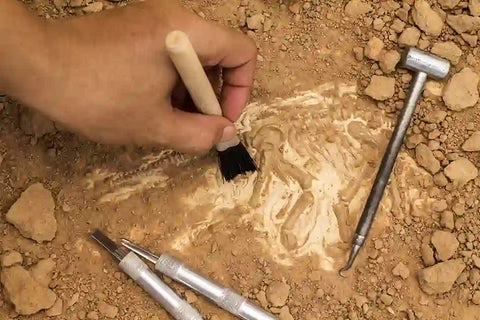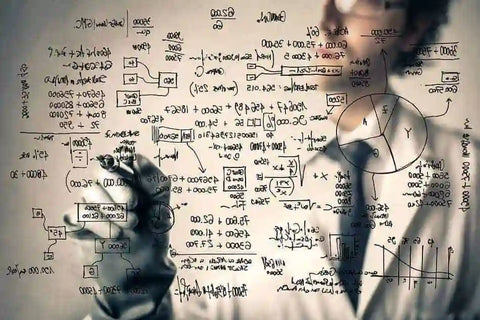Adding Corrections, Explanations and Other Comments to Direct Quotations
Whenever an academic or scientific author directly quotes material from a source, he or she should ensure that the content of the quotation is accurately represented and will be clearly understood by readers. This is usually unproblematic, but there are instances in which the words quoted need to be emphasised, corrected, qualified or otherwise commented upon in order to achieve the effect desired by the author quoting the passage. When this is the case, it is essential to make the necessary additions in a scholarly fashion that will indicate to readers exactly what the quoting author has added and what the additions mean.
A common practice is to add emphasis to certain words in a quoted passage through the use of italic font. When you make use of this technique, you should also add a quick comment acknowledging the change of font. Your comment can be added in square brackets within the quotation immediately after the italicised word(s): ‘[italics mine]’ or ‘[italic font my own]’ would work well. If you add italics in more than one place in a quotation, the acknowledgement can be included at the end of the quotation along with the reference, as in ‘(Taylor, 2009, p.98; italics mine).’ The acknowledgement can use whatever wording you find most effective, but the same words should be used in all instances in a document.
When you need to quote a passage that contains errors or perhaps statements that may not be precisely accurate, you will probably want to let the reader know about the problem so that he or she will not be misled by the quotation. In such cases, there are a few different options. The Latin word ‘sic’ meaning ‘thus,’ ‘so’ or ‘in this manner’ can be used in square brackets immediately after the error or oddity to indicate that the information is not quite right. Another option is to add either ‘recte’ (Latin for ‘properly’ or ‘correctly’) or ‘rectius’ (‘more properly’ or ‘more correctly’) in square brackets after the error, in which case you should include the correct information as well. It is also acceptable to use the English equivalents of these Latin terms, but please note that if you do use the traditional Latin words, they should appear in italic font like other foreign terms (though I do not use italics here because they tend not to show up on many web sites). Their English equivalents, on the other hand, and any corrections you add should use the same font as the rest of the passage.
Other necessary additions can be added to quotations in the same way. These might include short glosses, translations or definitions for foreign, unusual or potentially misleading terms. Variants found in other editions or manuscripts of the passage are often added in this way as well. Longer explanations are also acceptable, but do keep in mind that too much added information can reduce the positive effect of the quotation and might better be included in your main discussion. If you wish to express doubt about any part of a quotation, a question mark can be enclosed in square brackets immediately after the uncertain information, and some explanation may be added as well, but remember that an exclamation mark enclosed in square brackets is neither an effective nor a professional way in which to comment on a quotation and should be avoided.
Why Our Editing and Proofreading Services?
At Proof-Reading-Service.com we offer the highest quality journal article editing, dissertation proofreading and online proofreading services via our large and extremely dedicated team of academic and scientific professionals. All of our proofreaders are native speakers of English who have earned their own postgraduate degrees, and their areas of specialisation cover such a wide range of disciplines that we are able to help our international clientele with research editing to improve and perfect all kinds of academic manuscripts for successful publication. Many of the carefully trained members of our manuscript editing and proofreading team work predominantly on articles intended for publication in scholarly journals, applying painstaking journal editing standards to ensure that the references and formatting used in each paper are in conformity with the journal’s instructions for authors and to correct any grammar, spelling, punctuation or simple typing errors. In this way, we enable our clients to report their research in the clear and accurate ways required to impress acquisitions proofreaders and achieve publication.
Our scientific proofreading services for the authors of a wide variety of scientific journal papers are especially popular, but we also offer manuscript proofreading services and have the experience and expertise to proofread and edit manuscripts in all scholarly disciplines, as well as beyond them. We have team members who specialise in medical proofreading services, and some of our experts dedicate their time exclusively to dissertation proofreading and manuscript proofreading, offering academics the opportunity to improve their use of formatting and language through the most exacting PhD thesis editing and journal article proofreading practices. Whether you are preparing a conference paper for presentation, polishing a progress report to share with colleagues, or facing the daunting task of editing and perfecting any kind of scholarly document for publication, a qualified member of our professional team can provide invaluable assistance and give you greater confidence in your written work.
If you are in the process of preparing an article for an academic or scientific journal, or planning one for the near future, you may well be interested in a new book, Guide to Journal Publication, which is available on our Tips and Advice on Publishing Research in Journals website.








